What is REVEAL Color Science?
Many have noted both subjective and objective improvements in image quality with the new camera. While some of these factors are specific to new hardware and signal processing used in ALEXA 35, much of the resulting improvement stems from ARRI’s new REVEAL color science.
REVEAL is the imaging ecosystem introduced with ALEXA 35. While the camera itself includes a new sensor and signal processing hardware, REVEAL represents a redesign of the end-to-end image processing pipeline. This redesign presented the opportunity to incorporate several new features and improvements.

Textures
Up until ALEXA 35, image characteristics like overall sharpness and the camera’s noise “fingerprint” were pre-set at the factory. Imaging scientists at ARRI saw an opportunity to incorporate a new set of tools, giving cinematographers choices in terms of the image texture. The ALEXA 35 now has a new Textures option in the camera menu. The default option, ‘K445’, is the standard setting, with images that match other cameras in the ALEXA family, such as the ALEXA MINI LF. Other options result in different amounts of grain-like noise, and/or local contrast enhancement. Work on the library of Textures included with ALEXA 35 will be an ongoing process with additional Textures added over time.
You can think of Textures as similar to choosing a film stock in days gone by. DP’s chose a stock for its grain, sharpness, and how it rendered contrast. Of course, sensitivity was part of the choice of film stock. However, in ALEXA 35, the choice of texture is applied not only before the EI (Exposure Index) setting but also prior to debayering, so it’s important to note that Texture settings are not metadata settings that can travel with clip files – they are fundamental image characteristics that are “baked” in.
New Sensor = New Color Space
The new sensor used in ALEXA 35, dubbed ALEV IV, has an impressive 17 stops of dynamic range. This translates to 1.5 additional stops in the highlights and 1 additional stop in the shadows, as compared to previous ALEXA cameras based on the ALEV III sensor. After the application of Textures, RAW sensor data is fed to a new debayer algorithm, called ADA-7. ADA-7 performs better in areas such as blue and green screen capture improving, particularly, the rendering of image edges for faster and easier compositing.
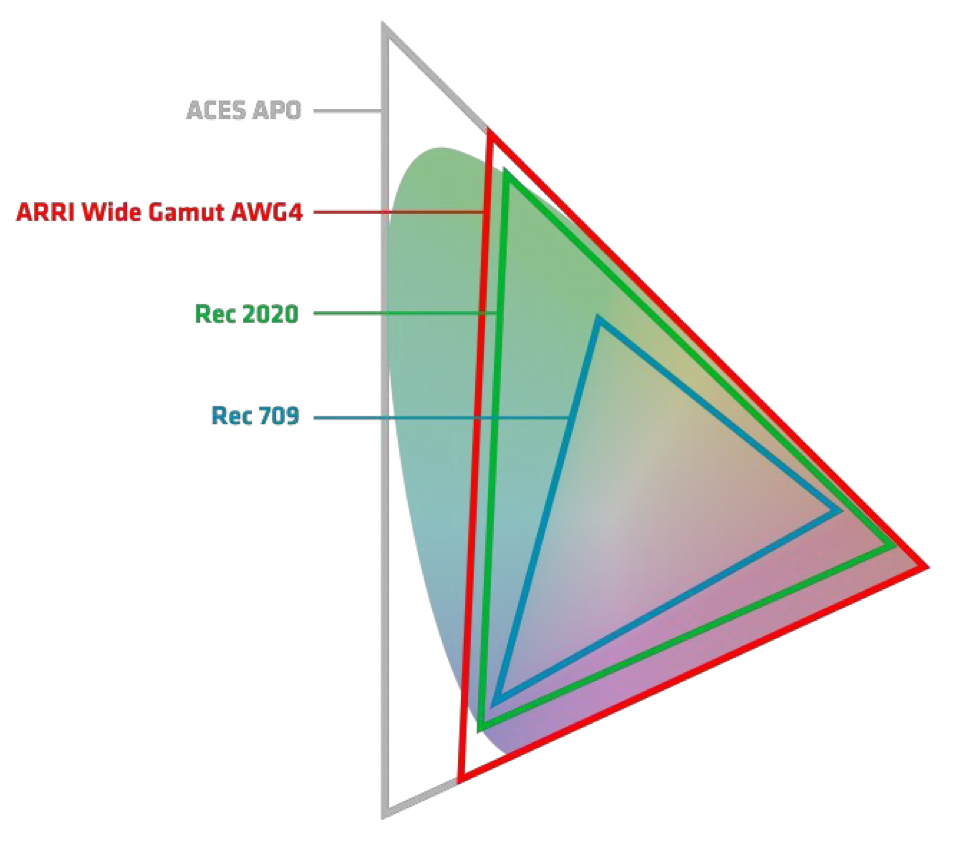
ARRI Wide Gamut 4 (AWG4) is the new color space developed for REVEAL. AWG4 is significant in that it is fully contained within the massive ACES AP0 color space, which goes well beyond even the range of the human visual system. AWG4 is similar in volume to the newer ACES AP1 color space, in order to prevent encountering “virtual,” or non-visible colors, while still providing an increase in saturation compared to the previous AWG color space associated with older ALEXA cameras.
As we all know, LED-based lighting is now omnipresent on sets for both practicals and scene lighting. LEDs can produce highly saturated colors that can be particularly problematic in the blue area of the spectrum, causing cameras to “clip” in the blue channel. A new color engine, ACE4 (ARRI Color Engine 4), addresses this issue by incorporating gamut compression to better render these highly saturated lighting sources.
LogC4 and ALF-4
LogC4 is the new Log curve developed by ARRI to accurately describe the new sensor’s 17 stops of dynamic range. LogC3, as it’s now called, was used in prior ALEXA cameras. LogC3 uses a middle grey point of 39% but other aspects of the curve change based on the EI setting in the camera. The new LogC4 curve is EI-independent and uses a 32% middle gray value to accommodate the increased highlight headroom available in the new sensor.

The additional latitude available in ALEXA 35 also increases the bit depth of clip files shot in both ARRIRAW as well as ProRes. Sensor data is now 18-bits wide, vs. 16-bits on ALEX III-based cameras, and quantized to 13-bits instead of 12. Like the Mini LF, ProRes files may (currently) only be recorded in Log (LogC4, on the new camera) but ARRI’s implementation of Apple’s ProRes codec now allows for 12-bit recording in the popular ProRes 422 (HQ) setting, which was previously limited to 10-bit.
The first ALEXA, now known as ALEXA Classic, introduced in 2010, and all successive ALEXAs (as well as AMIRA) provided a LUT-based output transform for REC709, which allowed for SDR (Standard Dynamic Range) monitoring of a default rendering of the camera’s footage on standard production monitors and televisions. As HDR monitoring appeared, ARRI created new LUT-based output transforms for that viewing environment (such as HLG and REC.2100, also known as SMPTE 2084 or simply ‘PQ’).
However, only one LUT at a time could be applied and viewed, and any creative choices were “baked,” or married along with the output transform. With ALEXA 35, both Look files and output transforms are handled in a new way. Previous ARRI Look Files (such as ALF-3, first used on the AMIRA and ALEXA MINI) took a Log image and corrected it for either SDR or an HDR viewing environment such as PQ or HLG along with any creative look choices. In other words, both the creative color information and the output transform resided in the same file.
The new look file format introduced on ALEXA 35, ALF-4, goes from LogC4 to LogC4, a so-called “Log-to-Log” transform, which provides a layer of abstraction for creative color choices without being tied to an SDR or HDR rendering directly. An output transform then follows this “slot” in the camera’s processing for the viewing environment being used. Different output transforms can now be applied to SDI 1 and SDI 2 to facilitate side-by-side monitoring of SDR and HDR on set. The important point is that the DP or colorist’s creative intent stays in the look file, allowing the color information, and creative intent, to travel independent of any color space, or output, transform. This paves the way for any future color space transforms to be able to be applied to the signal thus preserving the creative look.
Using REVEAL in Post
What if you have ARRIRAW footage from an ALEXA LF or Mini LF and ALEXA 35, that you’d like to work with on the same timeline? ARRI is providing both their own all-in-one application (ARRI Reference Tool or ART) as a free download, as well as a new SDK which allows ALEXA LF or Mini LF ARRIRAW footage to be processed through the new REVEAL pipeline in post. While it won’t make footage shot on these older cameras magically gain extra dynamic range, it should bring them all closer to matching, as well as unify the color management approach. We expect to see this functionality migrate to widely-used post environments in the future.
These new features in ARRI’s REVEAL color science work together to extract maximum image quality from ALEXA 35 and provide more efficient and flexible workflows for all types of projects. With support for ALEXA 35 footage now available in environments like DaVinci Resolve, along with free downloads from ARRI’s website in the form of their ART reference tool and a variety of LUTs for the new LogC4 curve, we think now is a great time to start getting familiar with this new image processing paradigm and the possibilities it provides.















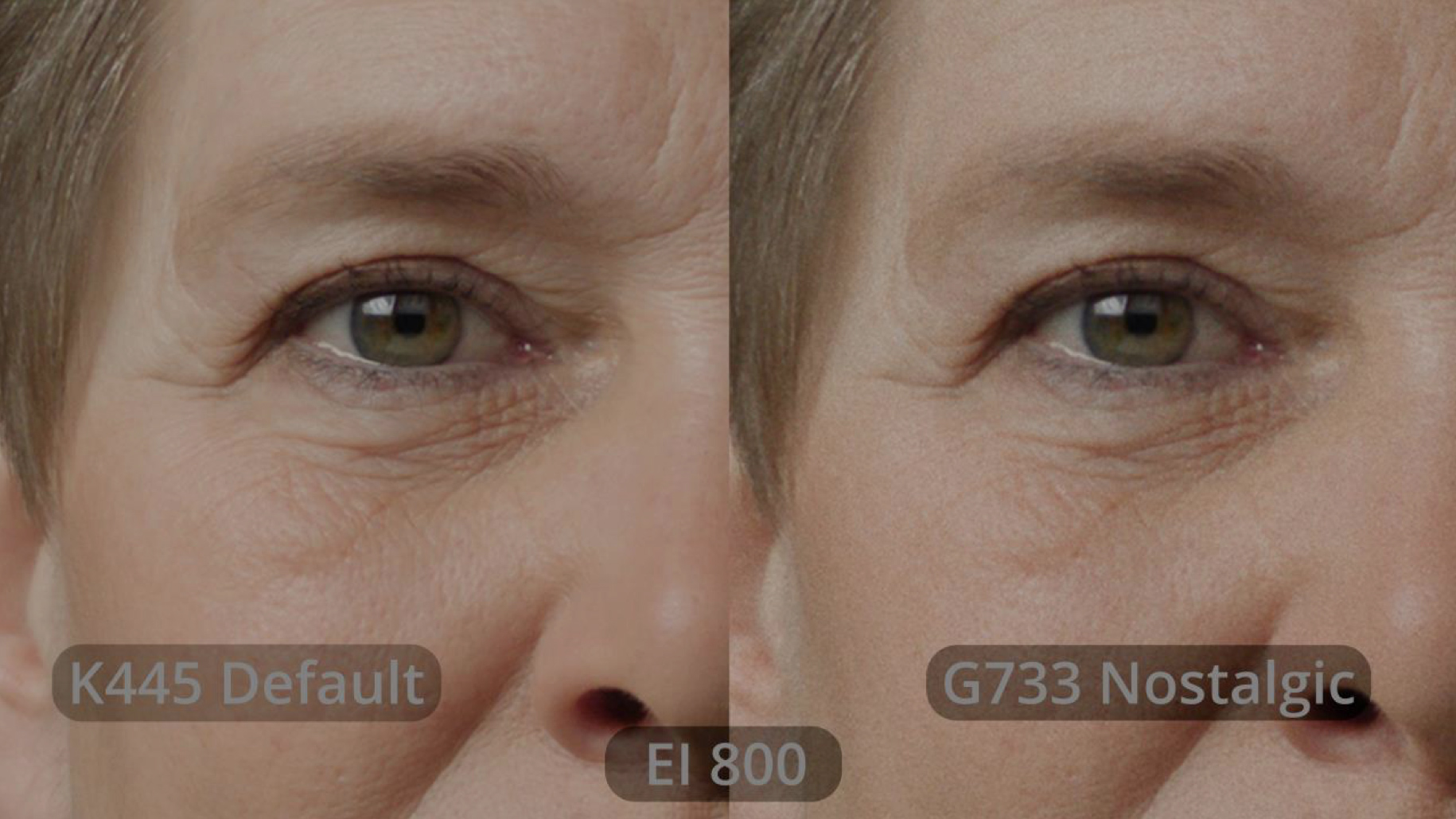
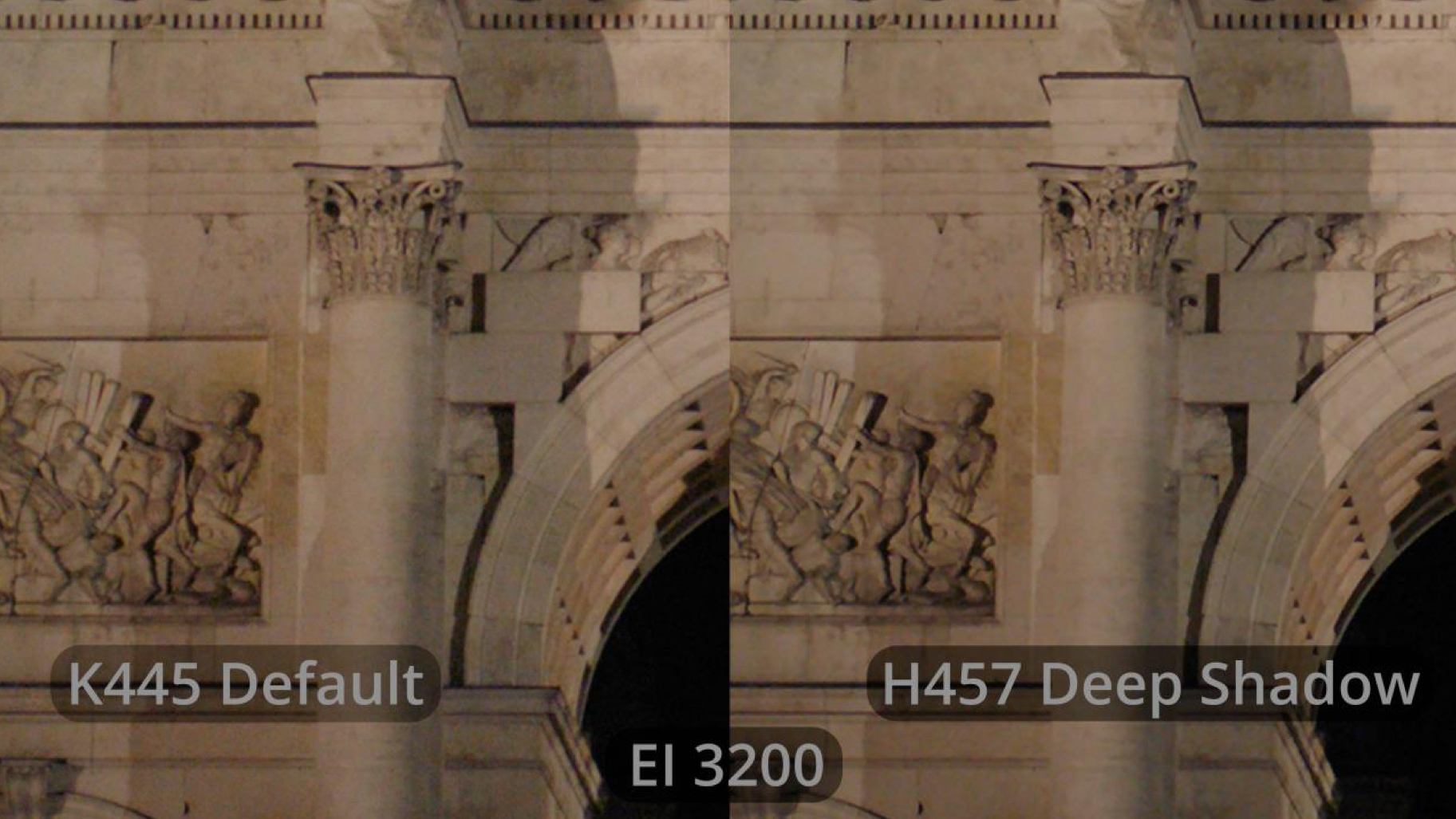
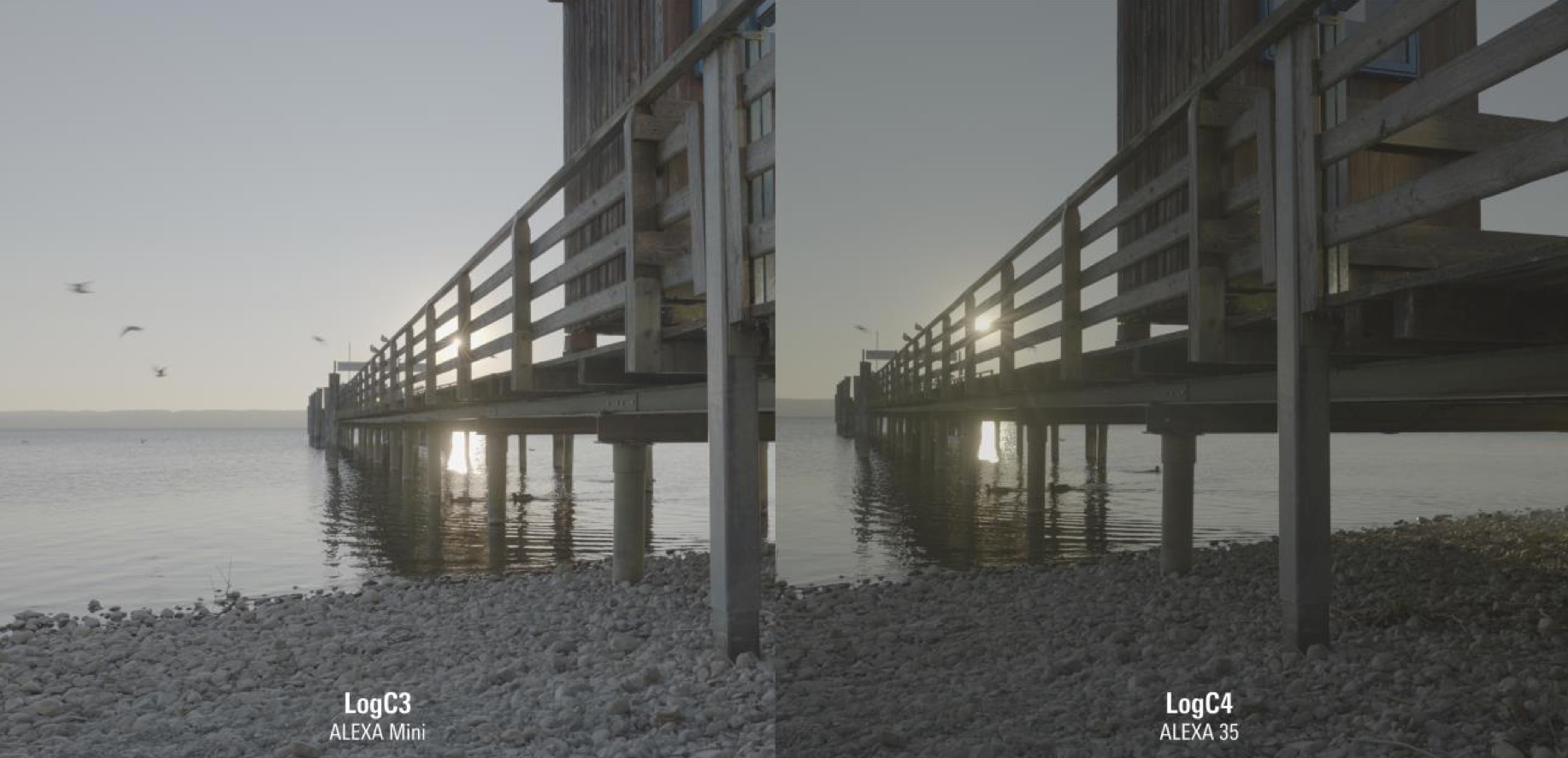

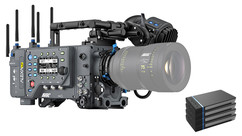
AbelCine encourages comments on our blog posts, as long as they are relevant and respectful in tone. To further professional dialog, we strongly encourage the use of real names. We reserve the right to remove any comments that violate our comment policy.
AbelCine publishes this blog as a free educational resource, and anyone may read the discussions posted here. However, if you want to join the conversation, please log in or register on our site.
We use Disqus to manage comments on this blog. If you already have a Disqus account registered under the same email as your AbelCine account, you will automatically be logged in when you sign in to our site. If not, please create a free account with Disqus using the same email as your AbelCine account.